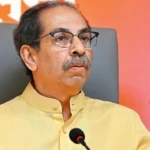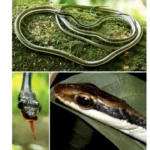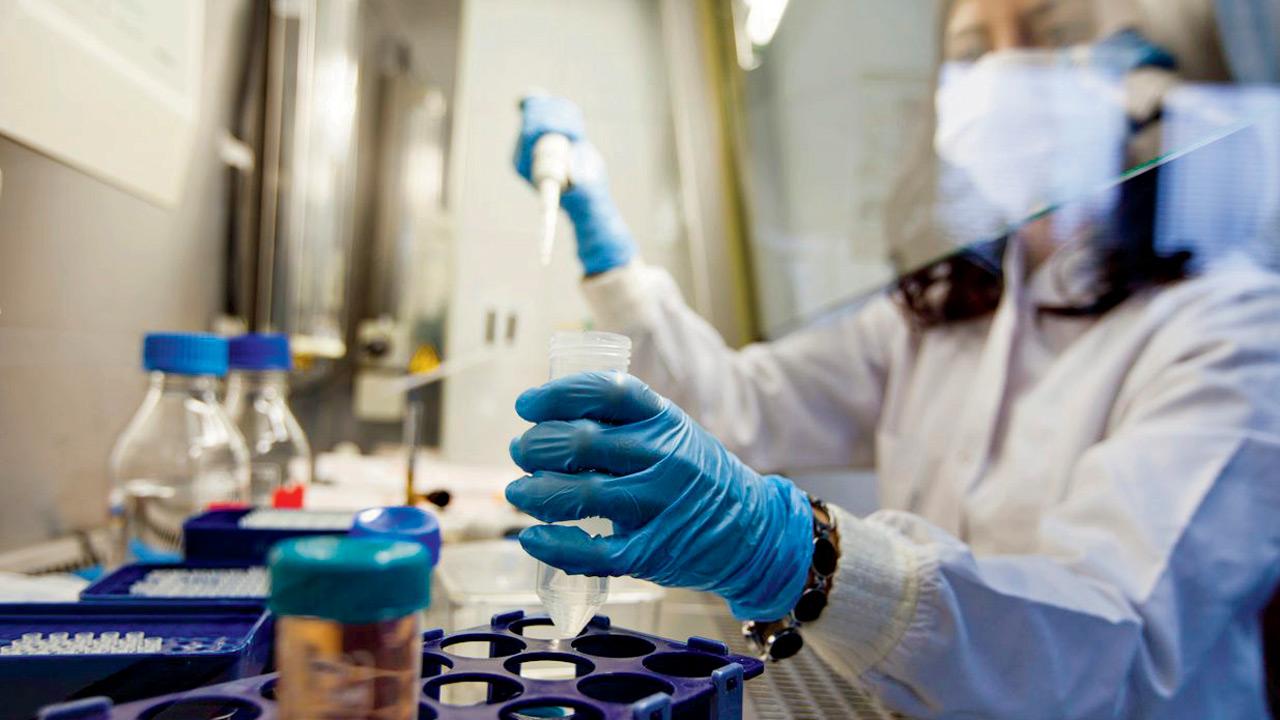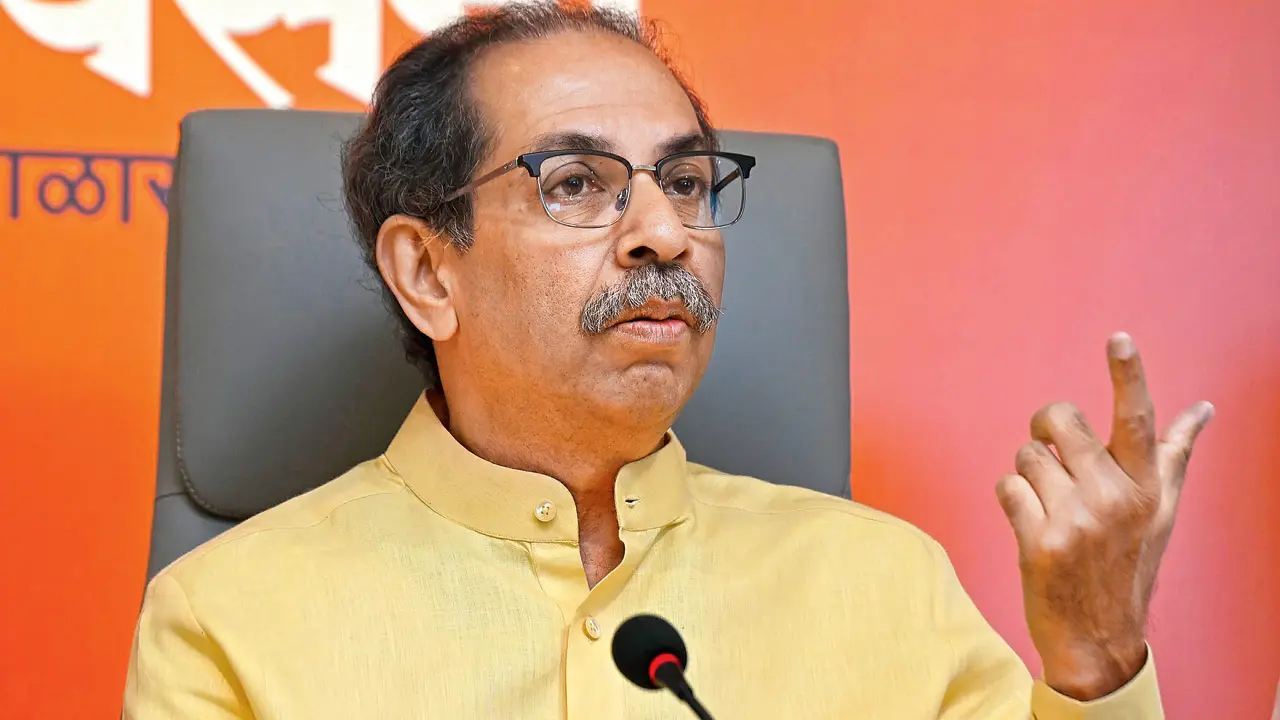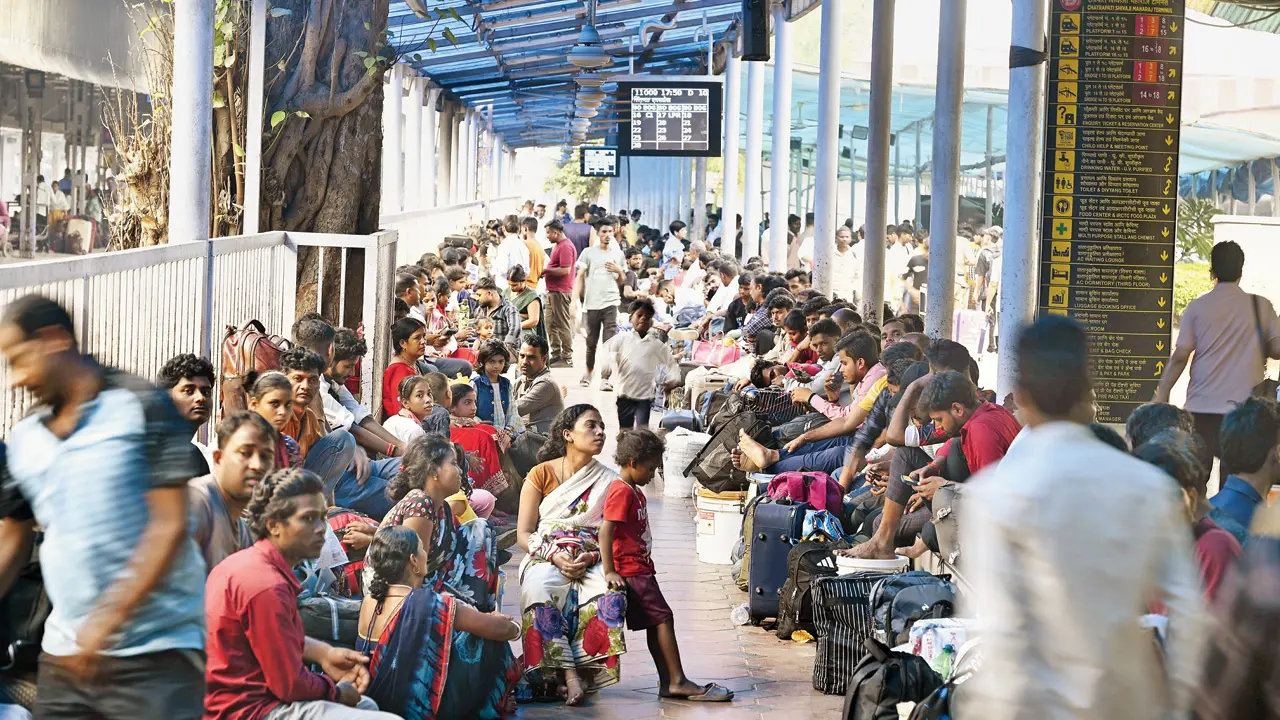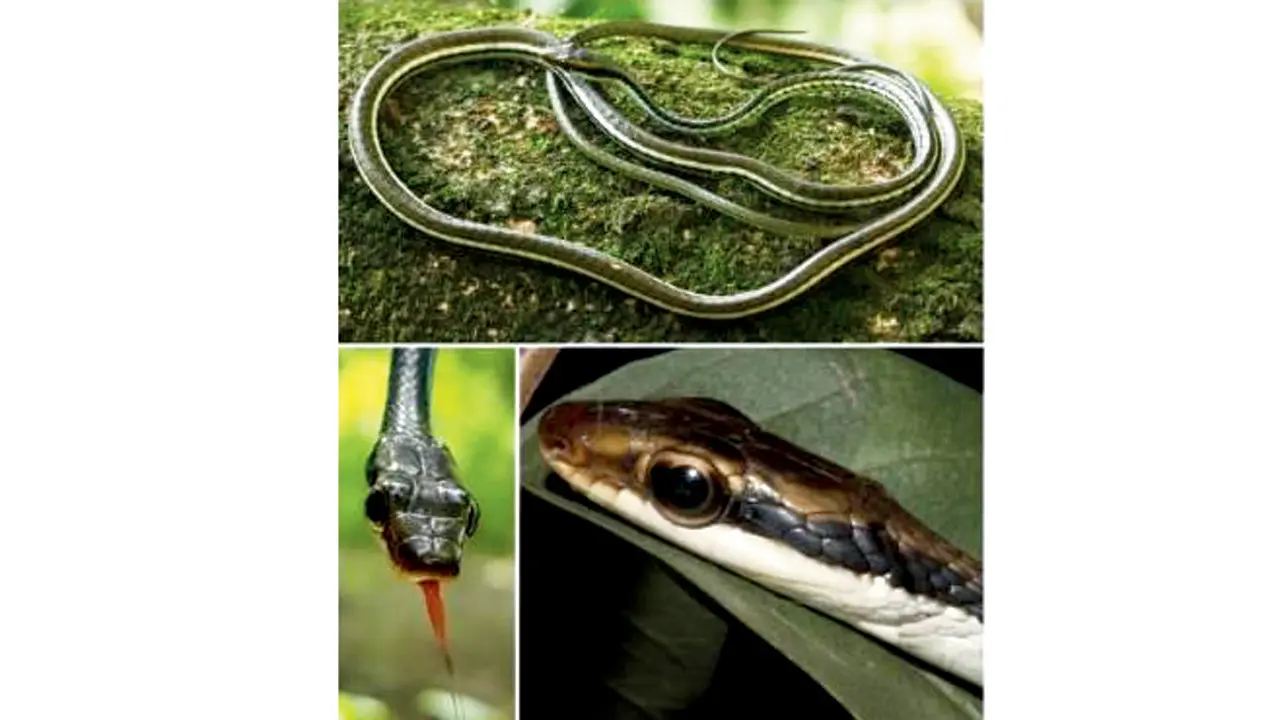A 15-year-old boy’s battle with a deadly form of blood cancer is a tale of remarkable courage, medical triumph, and the unbreakable bond between siblings. Diagnosed with acute lymphoblastic leukaemia (ALL) earlier this year, the teen survived one of the most aggressive cancers thanks to the lifesaving bone marrow donation of his 11-year-old sister.
In February 2025, the boy, whose identity is being withheld for privacy, first developed a high fever that refused to subside. A routine blood test revealed an abnormally high white blood cell count — a red flag for doctors. Though he was initially treated with antibiotics, his condition did not improve. A subsequent blood smear showed abnormal cells, prompting a bone marrow test.
The results were devastating: 45 per cent of his bone marrow cells were cancerous, confirming a diagnosis of acute lymphoblastic leukaemia, a rapidly progressing form of blood cancer that demands urgent treatment. “It was a medical emergency,” recalled Dr Balkrishna Patade, director, haematology, haemato-oncology, BMT, and co-lead of cellular therapies, Sir HN Reliance Foundation Hospital. “ALL in teenagers can be aggressive, and early treatment and bone marrow transplant are the only way to save a life.”
Doctors harvested healthy stem cells from the sister’s bone marrow and infused them into her brother’s bloodstream. Representation Pic/iStock
The diagnosis turned the family’s world upside down. Within days, he was admitted and began intensive chemotherapy. The sessions were harsh — nausea, fatigue, hair loss, and weeks of isolation — but the young boy rarely complained. “He kept smiling through the pain,” said the doctor. “Even when he could barely eat or stand, he would ask if others were okay.”
Brief relief
After the first cycle of chemotherapy, the family received the news they had been praying for — his bone marrow showed no detectable leukaemia cells. The doctors called it a remission, and the plan was to continue chemotherapy for maintenance.
But just as the family began to breathe again, the unthinkable happened. Within three months, the cancer returned — this time more aggressive. “Relapse during treatment is one of the toughest things to hear,” said Dr Patade. “It meant that standard chemotherapy was no longer enough. The only chance of a cure was a bone marrow transplant.”
Before the transplant, doctors decided to try Blinatumomab, an advanced immunotherapy drug that uses the body’s immune system to attack cancer cells. The boy responded remarkably well — within one cycle, he once again achieved complete remission. But this was only half the battle. For a lasting cure, he needed a stem cell transplant — and for that, a compatible donor. The family anxiously awaited the results of HLA typing, a test to find genetic matches among relatives.
The donor
Then came the miracle. His sister was found to be a complete match. Without hesitation, she volunteered to donate her bone marrow. “She was determined. She told us, ‘Take whatever you need to make my brother better’,” said the doctor.
The transplant was carried out soon after. Doctors harvested healthy stem cells from the sister’s bone marrow and infused them into her brother’s bloodstream. The next few weeks were critical — the transplanted cells had to “engraft” and start producing healthy blood cells. During this time, the boy battled infections, fevers, and long stretches of isolation.
“Most adults struggle through this phase,” said the transplant specialist. “But this young man showed extraordinary mental strength. He faced everything — the pain, the fear, the endless hospital days — with a smile.” Weeks later, the long wait ended in relief. His blood counts began to rise — a sign that the new bone marrow had successfully engrafted. The doctors declared the transplant a success.
Today, 140 days after the procedure, the teenager is healthier. While regular follow-ups will continue, doctors say his prognosis is excellent. “He has beaten one of the toughest cancers known to children,” said Dr Patade. “This was a perfect combination of medical science, timely intervention, and family courage. We are also trying to gradually reduce his medication.”
For the family, the journey has been life-changing. “We learned the meaning of faith, hope, and love,” said his father. “Our daughter gave her brother a second life. We will never forget what she did. Organ and body donation can save lives. We had just heard about it. But this time after experiencing it, I would request each citizen to consider becoming a donor,” said the father, a civil services officer.
Sister safe
Dr Patade explained, “There are just five per cent cases in the world where there is a relapse in such cases. We have not seen any so far. And seeing that the boy has been doing well even after 140 days, it clearly shows that the body has accepted the transplant and that the cells have been adapted by the blood very well. Otherwise, the body would have signalled. He is recovering well and will surely have a bright future ahead. In the case of his sister, she just needed a day`s admission to extract stem cells from her blood. It wasn’t an invasive medical process, so she did not have any pain and will not have any future health issues specifically because of this.”


